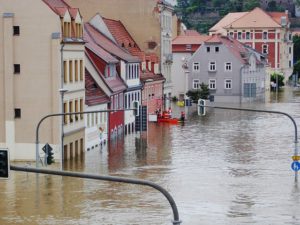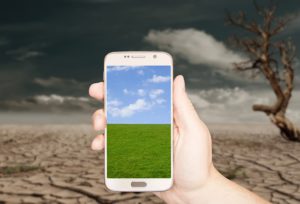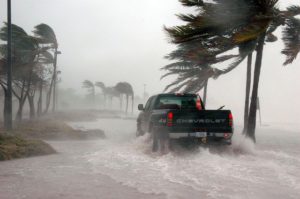We’ve heard the arguments, talked to loved ones and strangers, and overviewed scientific evidence. And yet, there are still people that don’t believe in climate change or global warming or any effect people make on the environment. Why?
Personal Experience (With a Dash of Bias)
Many people don’t believe in climate change as the climate in their own part of the world was not affected as strongly as some other places, or they simply don’t see any changes. Any place that still has snow in winter and clear hot days in summer is bound to have a few people convinced that there is no climate change.

It is similar to how some rich folks are uninformed about the typical struggles of people with lower income and often sound oblivious to their struggles. Or those that don’t believe in mental disorders because, from their experience, they didn’t exist 20 years ago.
There is also desensitization, or diminished response to negative information after a period of time.
In other words, if we hear certain bad news often enough, we either won’t believe it anymore or we will not care. And people have been hearing about these issues globally since the 70s.
It’s Not Profitable
There are politicians and people who trust them. Anyone who’s ever heard the term ‘lobbying’ has some idea where the politicians’ loyalties lie. It is not in the interest of multi-billion dollar industries that rely on fossil fuels to advocate for the protection of the environment or even to acknowledge the effect we have on the world around us.

So, politicians get funding from corporations that need the public distrust claims of climate change. The politicians then argue that there is no climate change, that the environment is fine, and that the regulation needs to be laxer for companies.
Companies do this because they are focused on short-term goals and profits, rather than resources and the people. Switching to renewable energy sources is a risky business and may alienate some of their workforce. So, they focus on downplaying the issue or shifting focus from themselves by organizing lip-service environmental campaigns.
Misinformation And Misunderstanding
While there are many reputable sources for articles on climate change and environmental issues that confirm our effect on our surroundings and offer solutions, people still don’t believe them. Why? Well, there are also other papers and PDFs you can find online. The ones which are available to only those that are searching for the truth.
Conspiracy theories have always been popular. However, these days, they are used as a weapon to make people distrust science. That is why, for example, there are so many anti-waxers. Or people that still believe that their hero is still in political power despite their successor officially taking over. Or that masks are oppression tools and not a safety measure. The list goes on.

Last, but not least, is the misunderstanding of the information presented and the evidence around us. I’ve said before that people sometimes judge things from their own personal experience. As it turns out, they also don’t know the difference between climate and weather.
Global warming does not mean that everything will turn into the Sahara, at least not yet. There are going to be snowstorms, hurricanes, tidal waves, and other natural disasters. It is for this reason that we more often refer to the problem as climate change, rather than global warming.
